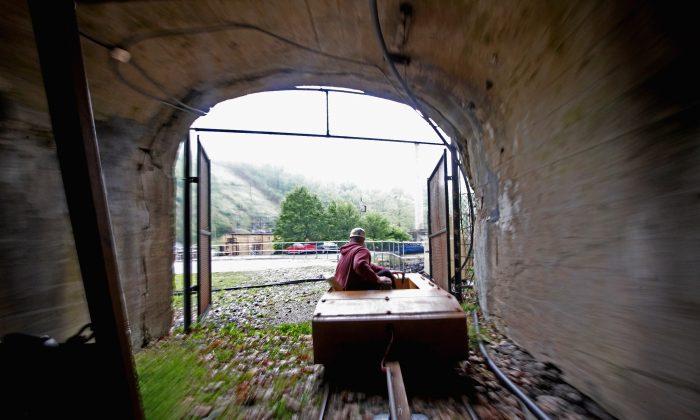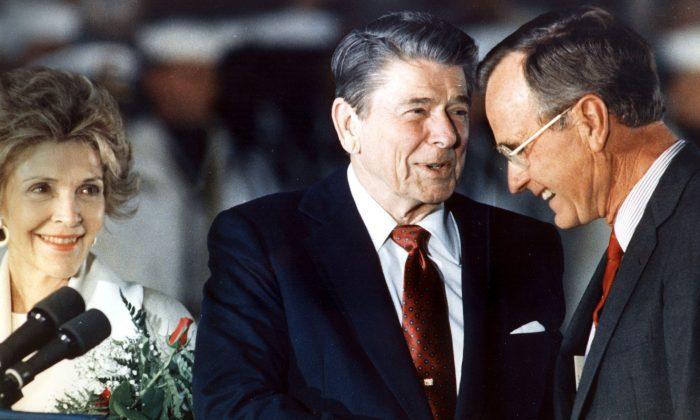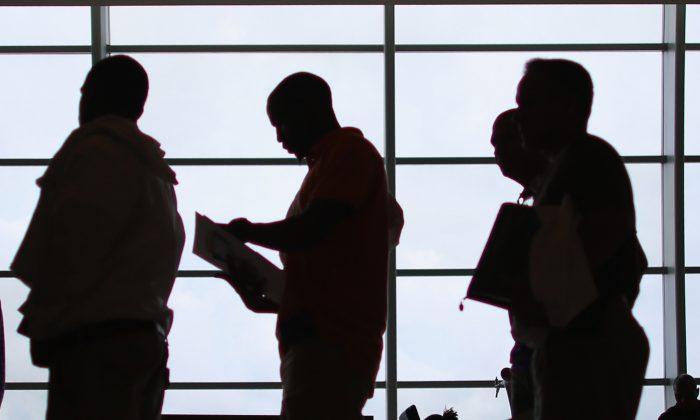President Obama’s Climate Action Plan won’t do much to curb global warming, but it will please liberals who delight in extending government control over large segments of the economy.
The president argues the overwhelming majority of scientists, including some early skeptics, agree the planet is warming and greenhouse gas emissions are the primary culprit. As carbon dioxide (CO2) composes 80 percent of those gases, Obama targets coal-fired electric utilities and opportunities to reduce fuel use in heavy transportation.
The president proposes reducing U.S. emissions by 17 percent from 2005 levels through strict Environmental Protection Agency (EPA) regulation and oversight, when market forces are already accomplishing that goal without imposing a command and control regime.
In 2011, the last year data is available, U.S. greenhouse gas emissions were already down 8.5 percent from 2005. Simply, responding to changing consumer preferences, Detroit started making more fuel-efficient vehicles even before the president started phasing in tougher mileage standards in 2012. Recently, more abundant and cheaper natural gas inspired electric utilities to start switching out of coal where most cost effective.
If current trends continue, as is likely, these market-driven adjustments in U.S. energy use will take U.S. greenhouse gases well below the president’s target by 2020 without needless and costly government intervention.
If left alone, the power sector in the Midwest, for example, will continue to phase out coal in most cost-efficient ways—by strategically replacing it with natural gas, and purchasing nuclear, hydro, and other renewal power from other parts of the country. This will keep electric utility rates down.
Instead, the president will micro-manage the process by imposing strict and inflexible requirements on each electric utility similar to corporate fuel-economy standards now imposed on car and light truck manufacturers. This will limit flexibility, result in the overuse of natural gas, and unnecessarily raise both natural gas and electricity prices to manufacturers, other commercial users, and homeowners.
Similarly, competition from rail, complemented by short-haul light trucks, already imposes pressures on long-haul trucking companies and heavy truck manufactures to conserve fuel in the most cost-effective ways. But the president’s program will micro-manage their efforts out of the EPA, and raise the cost of moving goods around the country without cutting CO2 emissions very much.
All this will make U.S. manufacturing and other commercial enterprises less competitive and send more jobs to China, where businesses pollute with reckless abandon.
With an economy about half the size, China already emits twice the greenhouse gases as either the United States or Europe. Every three years, its emissions grow enough to replace the savings the United States would accomplish over 15 years. Other developing countries, like India, are similarly adding to the problem.
The president proposes to bring China and other nations along through diplomacy, but he has not been able to obtain Beijing’s cooperation on the value of the yuan, cyberpiracy or even detaining Eric Snowden. No one can reasonably believe China can be persuaded to rearrange its entire automobile and electrical generation industries to suit the predilections of American environmentalists—especially when American approaches to regulation are delivering growth at less than one-third the pace accomplished in the Middle Kingdom.
The president wants the new EPA standards for power plants finalized by June of 2015 and implemented in 2016. This hasty time table is necessary to lock in a new regime before its wisdom is debunked and another round of negotiations with China, India, and others fail.
Global warming will go unmitigated, and U.S. economic growth and job creation will be further harmed; however, the president’s desired legacy will be served. As with Obama Care, the scope of command and control over the private economy will be extended.
Peter Morici is an economist and professor at the Smith School of Business, University of Maryland, and widely published columnist.




